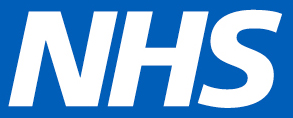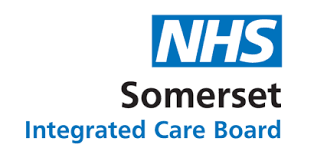
The advanced simulation modelling approaches that we used to quantify bed requirements challenged thinking and helped ensure that patient experience and clinical outcomes were paramount in the decision-making process.
Challenge
An extensive programme of work is in progress to improve outcomes for people experiencing a stroke in Somerset. We were commissioned to support the development of a Decision-Making Business Case (DMBC) for acute hospital-based stroke services reconfiguration, one aspect of which related to data analytics and modelling.
We were asked to update and refine the previous modelling, with a detailed review of the underpinning assumptions, update of the baseline, and deployment of more advanced modelling methodologies to account for the impact of variability in demand on bed requirements.
What we did
Working as part of a multi-disciplinary team comprised of colleagues from SCW, Somerset ICB and Somerset Foundation Trust, we took the lead on the Demand and Capacity Modelling workstream and delivered a comprehensive package of analytical and modelling support. This included:
- Baseline data reviewed, validated and run through a SQL-based modelling process as a series of Reproducible Analytical Pipelines (automated statistical and analytical processes).
- The model produced outputs on key metrics such as the number of admissions and beds, for stroke and stroke mimic patients. Ten-year projections were produced, with different scenarios modelled to reflect the site configuration options which were consulted on.
- We facilitated a review of the clinical assumptions and logic underpinning the model, formulating key decision points to aid stakeholder decision-making.
- Outputs presented to senior system partners via various forums, including the Stroke Board.
- Sensitivity analyses undertaken to facilitate assurance of the outputs.
Further analyses were undertaken to gain agreement with South Western Ambulance Service on resourcing impacts, and modelling outputs and accompanying narrative provided for the DMBC document.
Activity
Data-driven decision making
The modelling of different scenarios facilitated programme decision-making on the optimal number of beds.
Planning and modelling
The models we developed enhanced the stakeholders’ understanding of future stroke demand under different site configurations.
System transformation
The analysis and modelling were integral to this phase of the acute stroke services reconfiguration programme in Somerset.
Business Intelligence - Consultancy, strategy and transformation
We worked as part of a wider transformation delivery team to deliver an integrated set of outputs.
Impact
- The modelling provided a robust evidence base for the activity and bed numbers included in the DMBC.
- Clear presentation of the modelling outputs to a range of stakeholders, along with a proactive and responsive mindset, was central to the successful completion of the business case.
- The advanced simulation modelling approaches which we used to quantify bed requirements challenged thinking and helped ensure that patient experience and clinical outcomes were paramount in the decision-making process.







